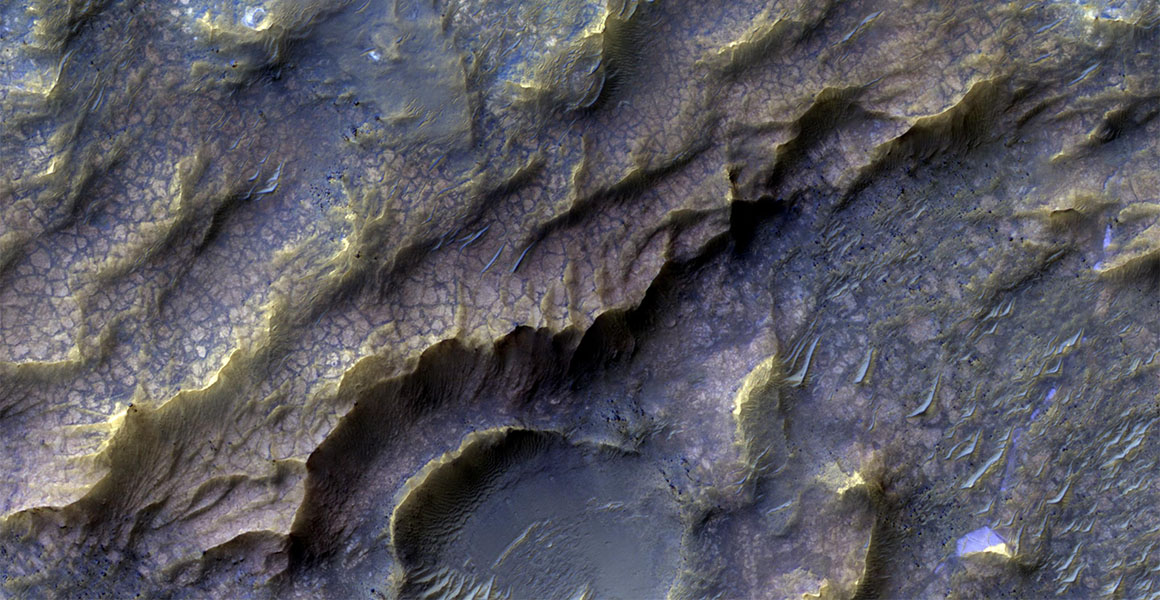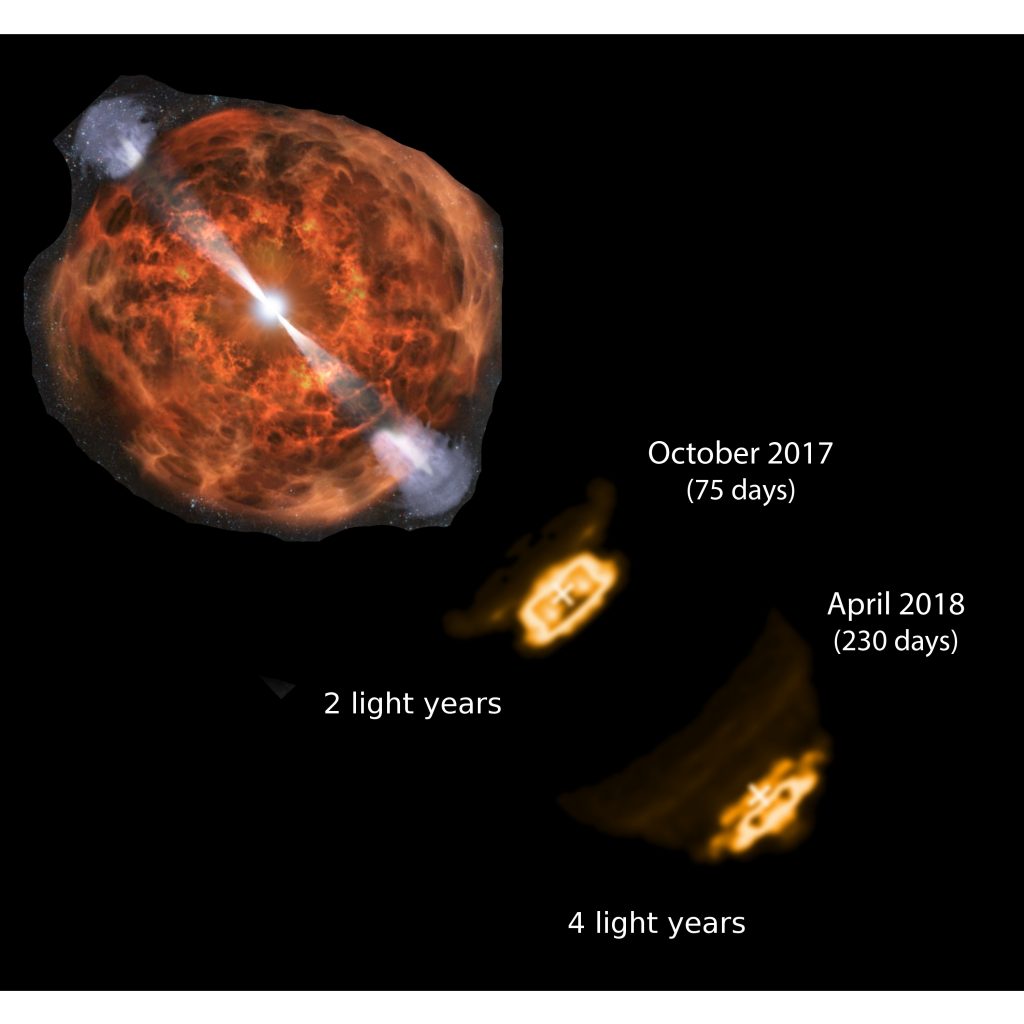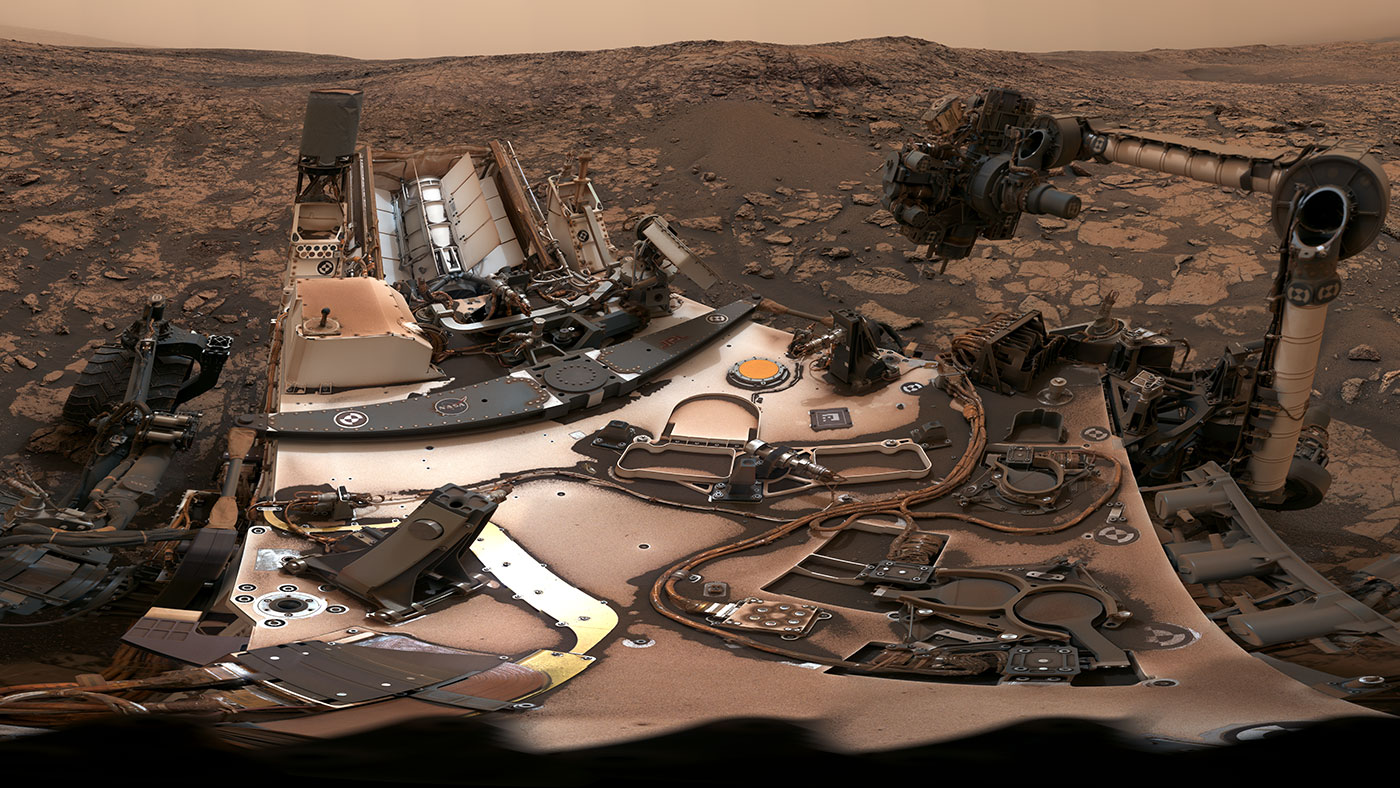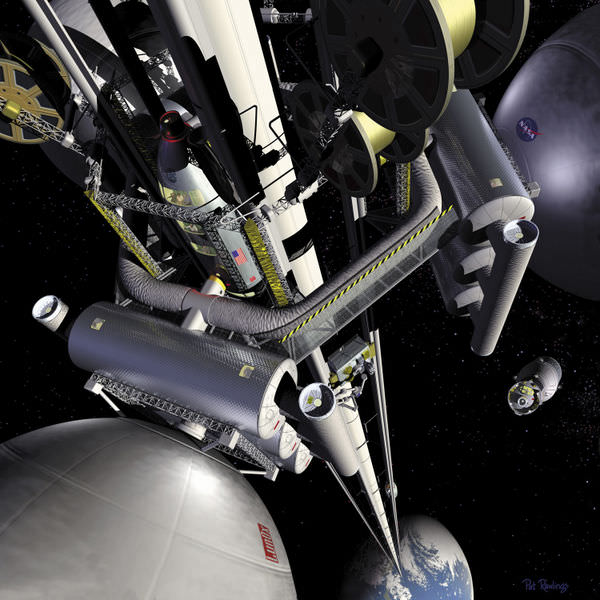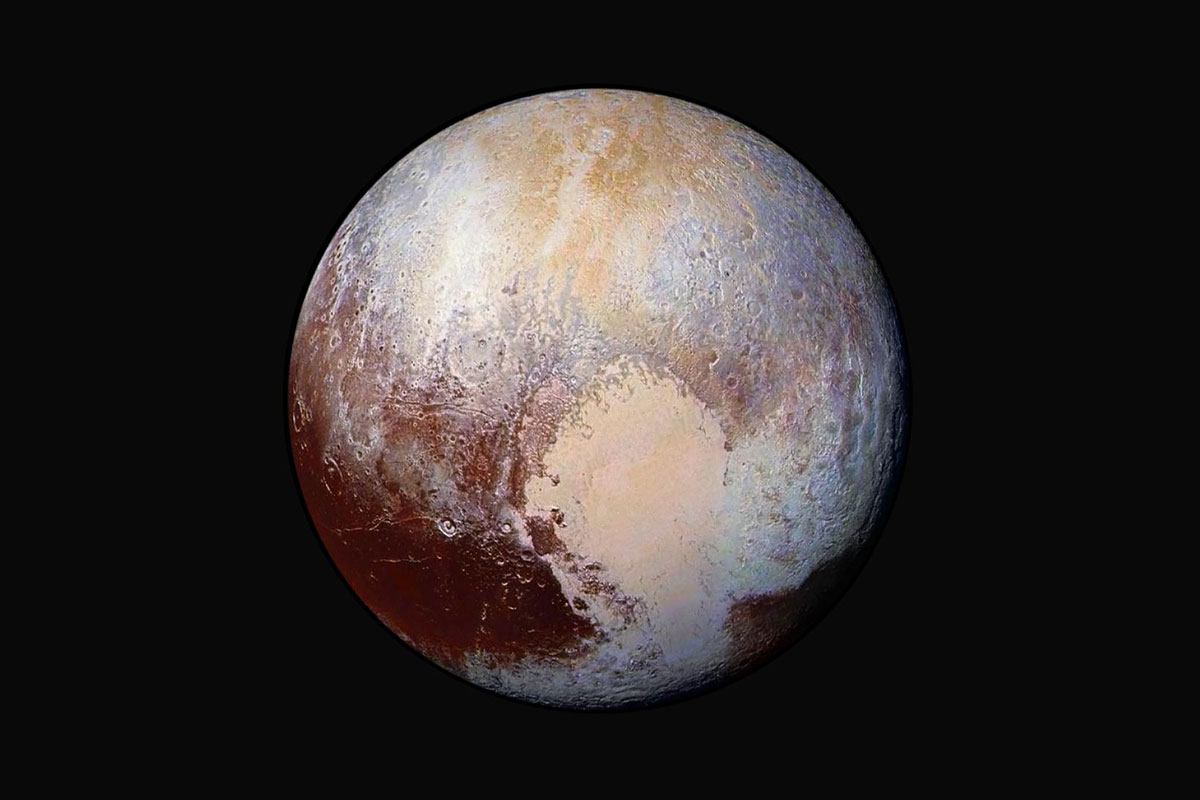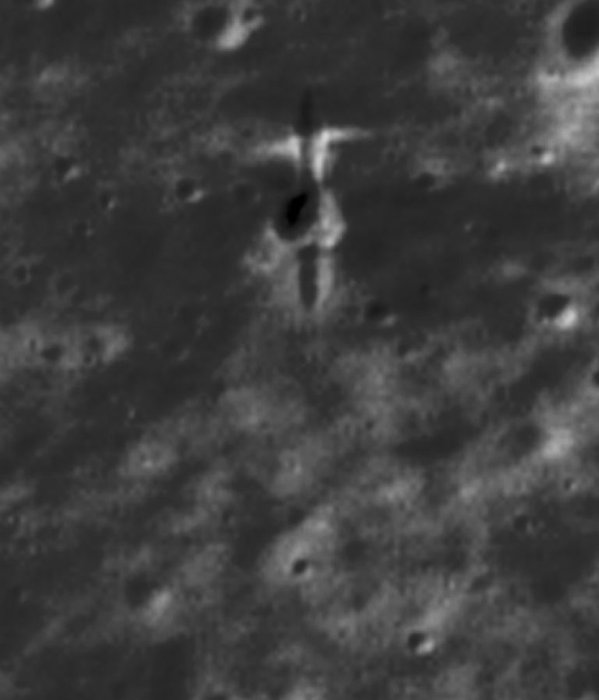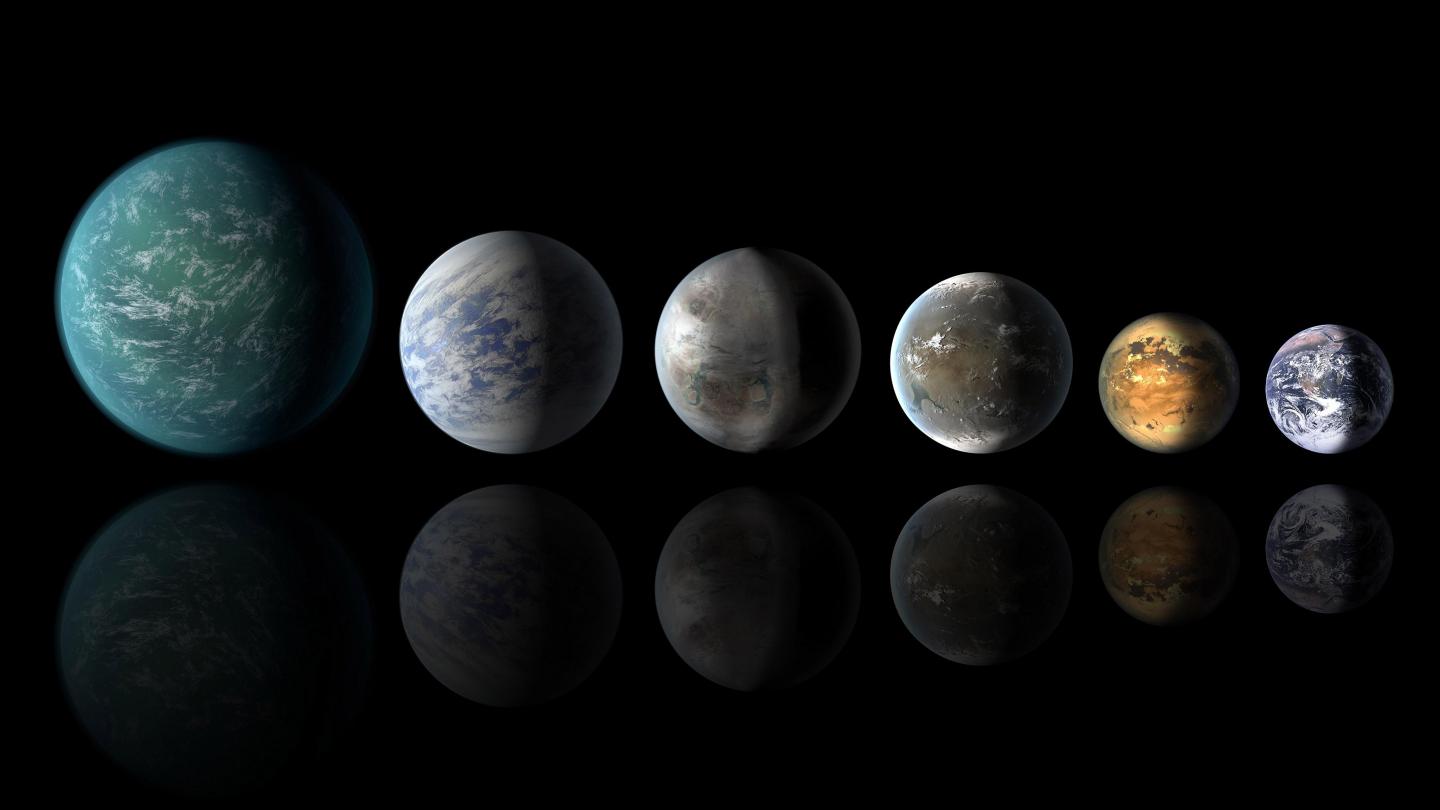For some time, scientists have known that Mars was once a much warmer and wetter environment than it is today. However, between 4.2 and 3.7 billion years ago, its atmosphere was slowly stripped away, which turned the surface into the cold and desiccated place we know today. Even after multiple missions have confirmed the presence of ancient lake beds and rivers, there are still unanswered questions about how much water Mars once had.
One of the most important unanswered questions is whether or not large seas or an ocean ever existed in the northern lowlands. According to a new study by an international team of scientists, the Hypanis Valles ancient river system is actually the remains of a river delta. The presence of this geological feature is an indication that this river system once emptied into an ancient Martian sea in Mars’ northern hemisphere.
Continue reading “Was This Huge River Delta on Mars the Place Where its Oceans Finally Disappeared?”

